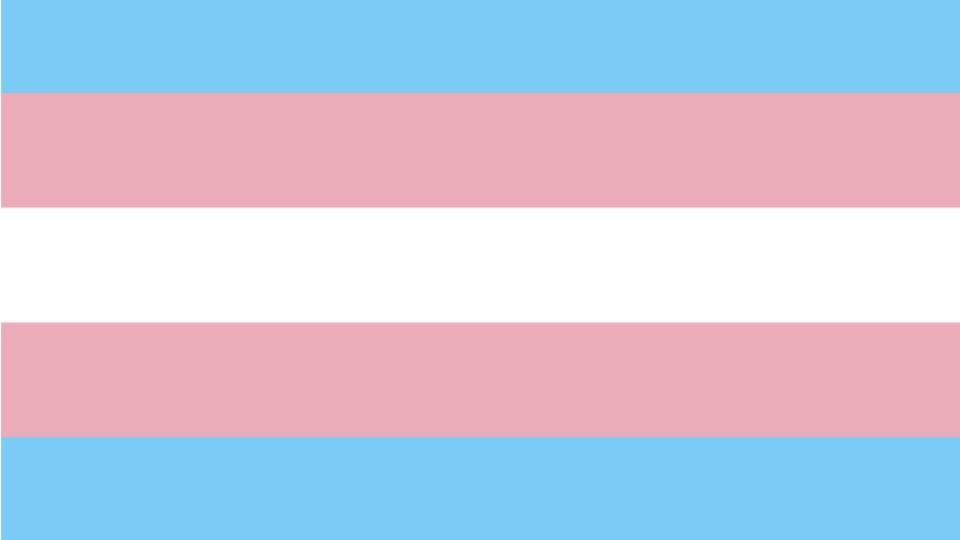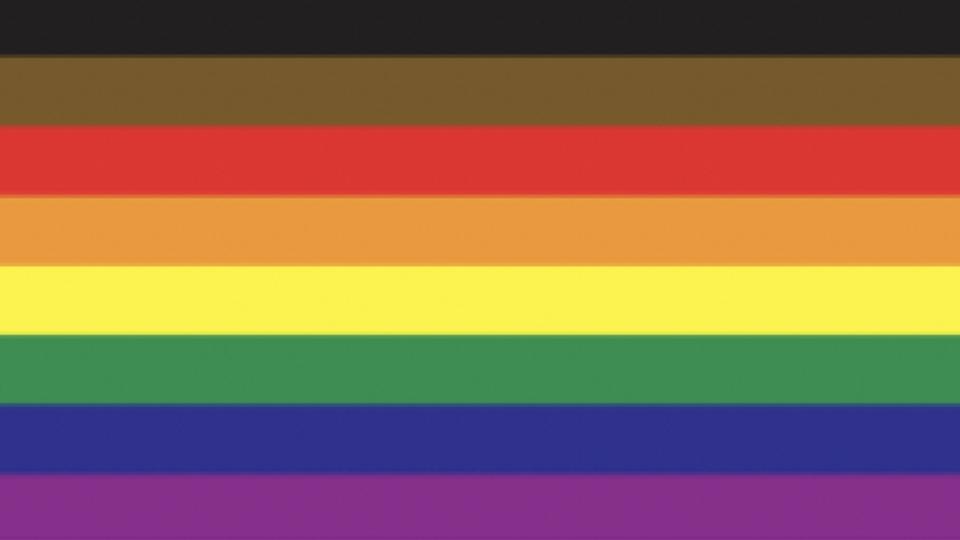A number of worthy causes and celebrations are highlighted in the month of October. For example there is “International Day of the Girl” and “National Coming Out Day” (both held on October 11). For the science geeks in the front row, where would we be without Avogadaro’s number and the subsequent “National Mole Day” (October 23)? Most importantly, every October 25 you can celebrate the “Chucky, the Notorious Doll Killer Day”… yes, you read that right; THAT Chucky doll.
All jokes aside, October is also LGBTQ History Month. Learning about the various pride flags can help us learn more about LGBTQ+ identities and history. The design of the Pride Flag has changed many times since it was first commissioned in 1978 by activist and one of the first openly gay elected officials, Harvey Milk. Flags are a large part of the LGBTQ+ community, offering a symbol for joy, unity, and allyship. So with that in mind, let us take you on a brief history of the Pride Flag.
Opportunities for Reflection
- Is there a way to share this information with your students?
- How could you share this with your colleagues?
- For you, why is it important to know this information?

Harvey Milk, a member of the San Francisco Board of Supervisors, asked artist Gilbert Baker to design a symbol of gay pride. Baker, working with Lynn Segerblom, originally created a flag which was made up of eight different colors. After Milk was assassinated later that same year, the pink and turquoise stripes were removed for ease of mass production and design. Each color has a meaning: hot pink—sex; red—life; orange—healing; yellow—sunlight; green—nature; turquoise—magic and art; indigo—serenity; violet—spirit of the community.

In 1990, at the Third Annual Inter-Tribal Native American, First Nations, Gay and Lesbian American Conference, Elder Dr. Myra Laramee introduced the Two-Spirit Flag. This term, proposed by Elder Laramee, is used by some Indigenous people to describe their sexual, gender, or spiritual identity. It refers to a person who identifies as having both a masculine and a feminine spirit. It is cautioned that if one is not a member of an Indigenous community then using the term “Two-Spirit” is not appropriate. Individuals who are not a part of the Indigenous community may not have a full understanding of its meaning and usage.

Activist Monica Helms designed the Transgender Pride Flag in 1999 and purposefully made it symmetrical, stating, “No matter which way you fly it, it is always correct, signifying us finding correctness in our lives.” The blue and pink colors represent traditional colors for baby boys and girls, while the white is meant to represent members who identify as intersex, gender neutral, or are transitioning.

The Queer Pride Flag created in 2015 by artist Pastelmemer represents all aspects of queerness. The term “queer,” which at one time was used as a derogatory term, has since been reclaimed by the community; self-identifying as queer is now a more common practice. The pink and blue shades represent same gender attraction and the orange and green represent folks who identify as nonbinary and gender nonconforming. Finally, the black and white colors represent asexual, aromantic, and agender.

In 2017, the Philadelphia City Council commissioned what became known as the Philadelphia Pride Flag. This flag specifically incorporates queer communities of color, which have often been overlooked or left out by the mainstream LGBTQ+ movement. The black and brown stripes symbolize Black, Indigenous, and People of Color (BIPOC) communities.

The Progress Pride Flag is probably the flag seen most often these days. It was created in 2018 by nonbinary artist Daniel Quasar and brings together design aspects of previous flags, while honoring the original 1978 flag. The addition of the triangle has allowed for a seamless addition of the black and brown stripes (BIPOC communities) and the blue, pink, and white stripes (transgender and bisexual communities).

The most updated Pride Flag was unveiled in 2021, and is referred to as the Intersex-Inclusives Progress Pride Flag. Designed by Valentino Vecchietti of Intersex Equality Rights UK, this flag adds a purple circle to include the intersex community.
As we review the evolution of the Pride Flag, it is easy to see how our language and terms have also evolved over the decades to provide a space for everyone to feel seen and have a sense of belonging. Our definitions of sex, gender, and identity have changed and are no longer seen as only binary. With that understanding so too has the identity of the LGBTQ+ community changed and it is clearly seen in how the Pride Flag has changed over time.






